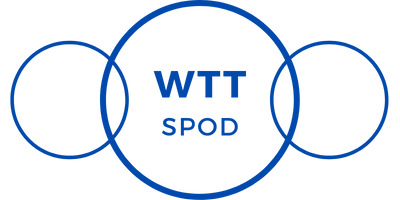It’s no secret that the Google always had a hard time dealing with tablets. The company was dragged into the market by force by Apple, with the introduction of the iPad in 2010, in which business partners began to launch products to compete with the apple. The problem: the android it was designed for an interface on cell phones, small screens, and it took a long time before a dedicated proposal came up with version 3.0 Honeycomb, in 2011. The problem is that since then, Google has never done anything like that, the which helped to depreciate the little robot’s tablet ecosystem.
Android Honeycomb, Xoom and the joke ready
Among the many new features of Android 13, one that caught our attention was the end of Google’s long, LONG neglect of supporting interfaces in apps aimed at usability on tablets. With the exception of the developers’ own initiatives, most software only offers a “stretched” mobile experience, not offering features to take advantage of a larger area. Apple has never had such problems with the iPad line, with rare exceptions due to the stubbornness of partners, see Instagram, for example, which will also not have a better treatment on Android. Native iOS applications have always handled the screen format and provided different interface versions, which was improved with the creation of iPadOS, a separate system. This attention from Apple to the silver of the house encourages developers to follow the formula, as they understand that the iPad user values the user experience first, and all he doesn’t want is to turn his expensive tablet into an “iPhonão”. On the other hand, Google has spent many years not paying attention to this. Back in 2010, Samsung rushed to introduce the first generation of the Galaxy Tab to the market, with a display of just 7″ and a stretched Android experience for mobile phones. It lacked something that could be considered a real competitor to the iPad, with a Then came the partnership that resulted in the launch of the Motorola Xoom, the first to ship with Android 3.0 Honeycomb, a version of the little robot exclusively for tablets.
Pixel C, Chrome OS and Pixel Slate
Instead of dedicating time to a specific version of Android for tablets, Google adopted Apple’s strategy of implementing everything in a single Android distribution, or so it was thought. The company’s priority has always been smartphones, and manufacturers who turn to adapt their products. Most native apps don’t have large-screen user experiences to date; Grab an Android tablet and open Google Keep, Home or Voice, and you’ll see the cellphone slideshow. Others, like the Play Store and Chrome (this one with the desktop interface) do the basics, and only a few, like Maps, Calendar and Gmail, are fully responsive. Over time, it became clear to the public that the iPad would become synonymous with tablets, like certain brands of steel sponge and yogurt. Even high-end products, like Samsung’s premium line, can’t compete in revenue with the apple, and little by little, the other manufacturers were jumping out of the boat, not least because Google didn’t support Android at all in that sense. In 2015 the company announced the Pixel C, only to exit the Android tablet market in 2018, shortly after introducing the Pixel Slate, which didn’t run Android, but Chrome OS; Mountain View expected the line to be more appealing to power users, and positioned it as a rival to the iPad Pro and Microsoft Surface lines. So much did not work out that in 2021, the Pixel Slate was discontinued.
Google Tablets: Does the 3rd Time Count?
In 2022, Google will try again with an Android tablet of its own, called just Pixel Tablet, running Android again, now in version 13. It will be the second with the robot OS to hit stores, and the third product of the type coming directly of the company, not to mention the Nexus line, which was manufactured by OEMs. The big news, however, was that the search giant has finally understood that it is not possible to have a large ecosystem of applications dedicated to tablets, if it does not do its homework itself. Thus, more than 20 native applications will finally receive the proper treatment. According to Google, Android 13 on tablets will offer decent user experiences on YouTube and Messages, while others that already do, such as Maps and Gmail, will be refined; To encourage more developers to buy in, companies like Meta and ByteDance have announced revamped versions of their apps, like Facebook (again, don’t rely on Instagram for tablets) and TikTok, as well as Canva, Zoom and others.
